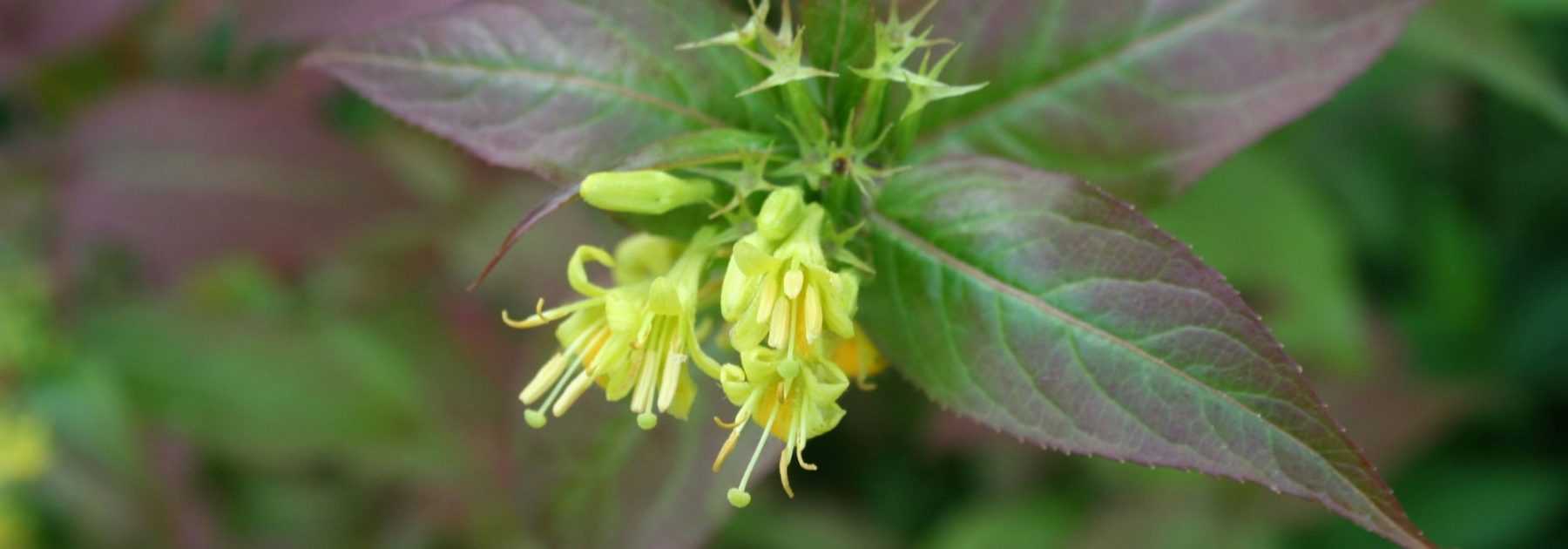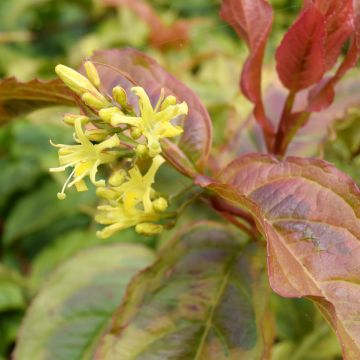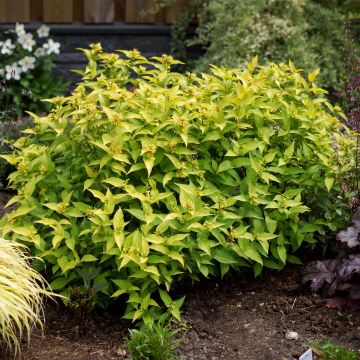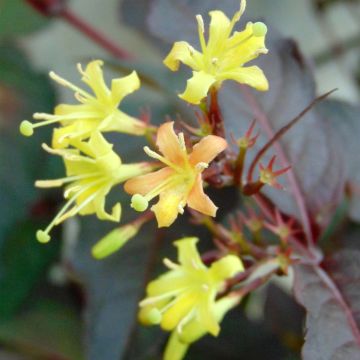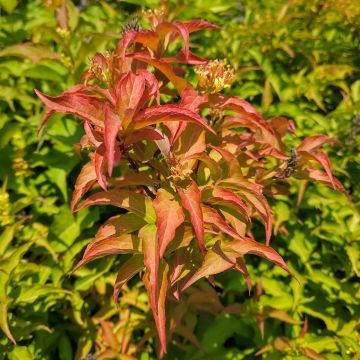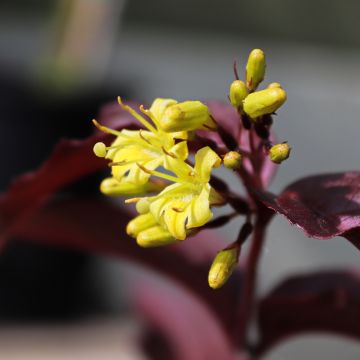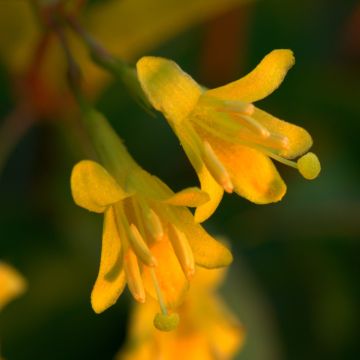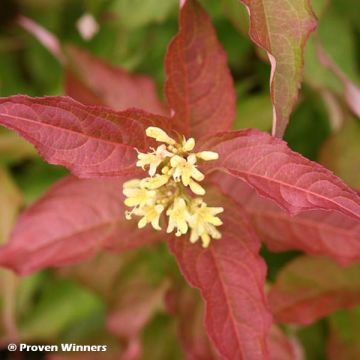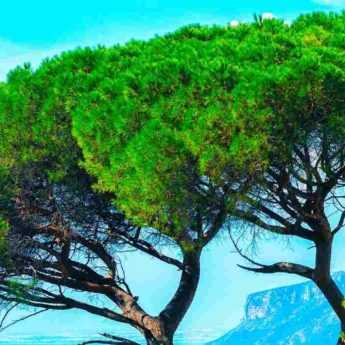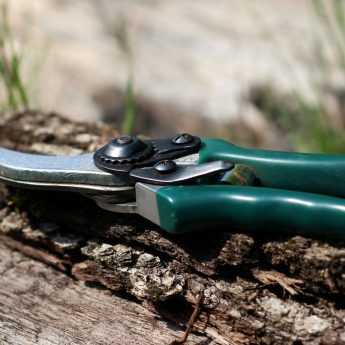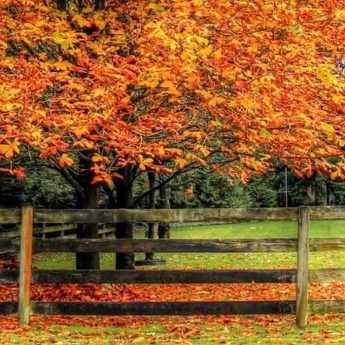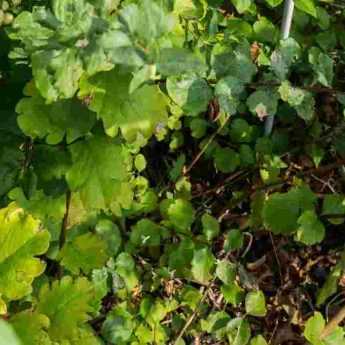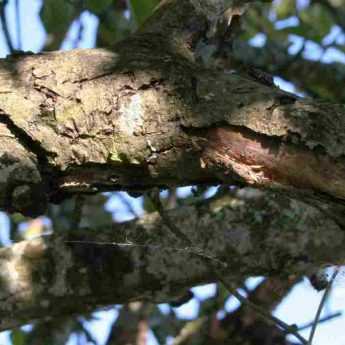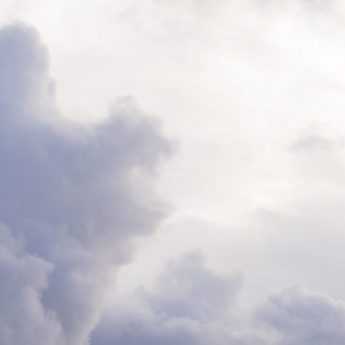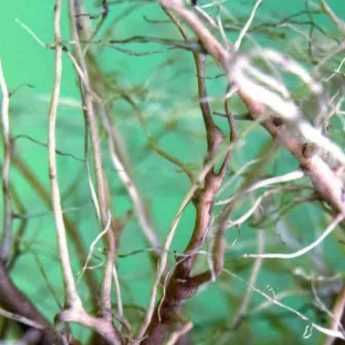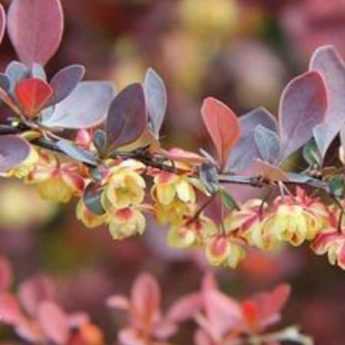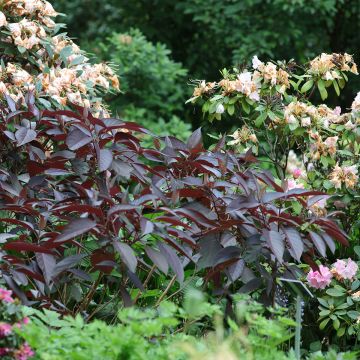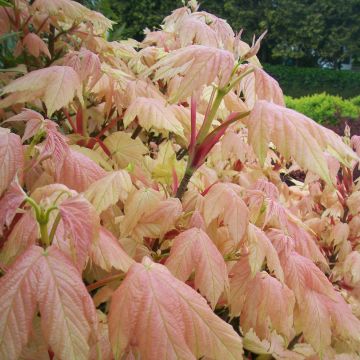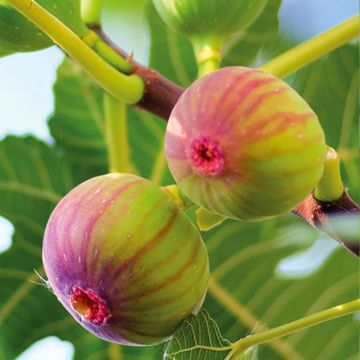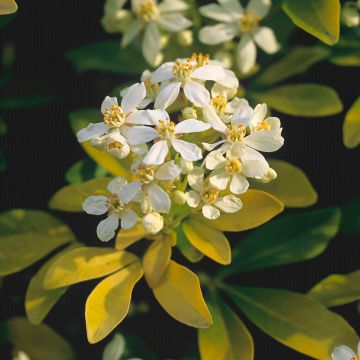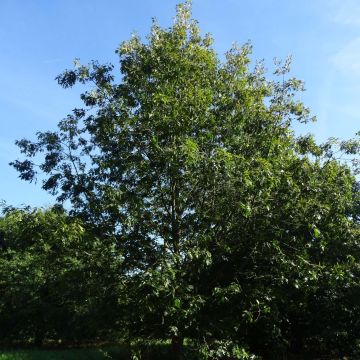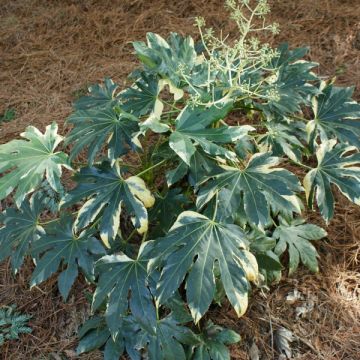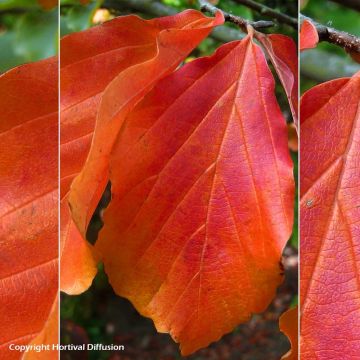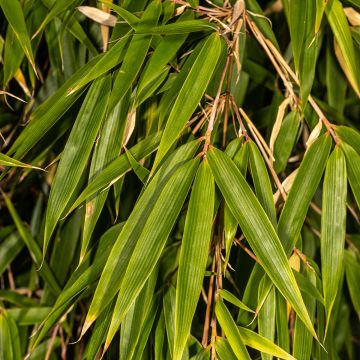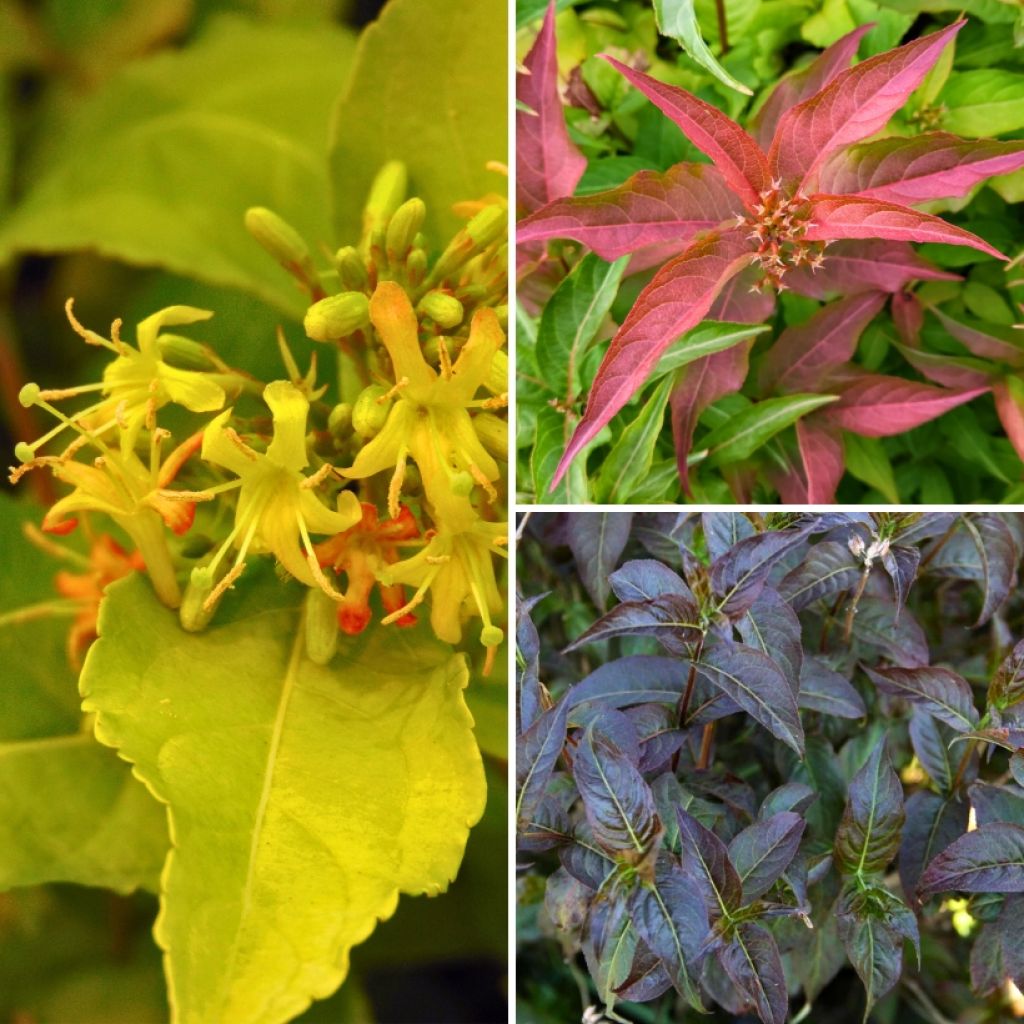

Collection of Diervilla with contrasting foliage
Collection of Diervilla with contrasting foliage
Diervilla Honeybee, Kodiak Red, Kodiak Black
Bush honeysuckle, Dwarf bush honeysuckle
Home or relay delivery (depending on size and destination)
Schedule delivery date,
and select date in basket
This plant carries a 24 months recovery warranty
More information
We guarantee the quality of our plants for a full growing cycle, and will replace at our expense any plant that fails to recover under normal climatic and planting conditions.
Does this plant fit my garden?
Set up your Plantfit profile →
Collection items (0 plants)
Description
This collection of Diervillas with contrasting foliage, composed of the varieties 'Honeybee', 'Kodiak Red', and 'Kodiak Black', offers a unique colour palette, from bright yellow to almost black purple, combined with attractive and nectar-rich summer flowering and autumnal reddish colours. Suitable for a wide range of soils, including occasionally dry in summer, these small bushes adapt well to both sun and partial shade and can withstand cold temperatures down to -20°C. Theya are versatile and can be planted on the edge of woodlands, in the roots of large trees, or in a sunny flower bed or large border. Finally, Diervilla is ideal for steep terrain: it retains and stabilises slopes thanks to its suckers (underground stems carrying roots).
It consists of:
1 Diervilla rivularis 'Honeybee': it stands out with its foliage that is more or less golden throughout the year, turning orange in autumn. Its small yellow flowers grouped in clusters attract pollinators from June to July. The bush reaches a height of 80 cm and a width of 1 m.
1 Diervilla x splendens 'Kodiak Red': its unique foliage, tinged with red in spring and becoming green, bordered with reddish purple in summer, takes on beautiful scarlet shades in autumn. Its long summer flowering with small sulfur yellow flowers contrasts nicely with the colourful foliage. This variety reaches 1.20 m in all directions.
1 Diervilla x splendens 'Kodiak Black': this bush, reaching 1.20 m in all directions, has surprising dark purple to black foliage, offering a superb contrast with its yellow flowers throughout the summer. The colouration of its foliage is more intense under brighter exposure.
Diervillas are best planted in spring or autumn and can be used in flower beds, large borders, and even in pots to enhance terraces and balconies. Allow a space of 60 to 80 cm between each plant to allow for optimal development. In flower beds, arrange the varieties according to their height, with the two tallest varieties in the background to create a beautiful visual harmony. These bushes require little maintenance once established and adapt to a wide range of soils, as long as they are not excessively chalky or too dry in summer.
For a contrasting effect, associate the Diervillas from this collection with three plants of Miscanthus sinensis 'Gracillimus', these grasses will provide a graphic background behind the Diervillas. The small weigelas for pots are perfect companions for these small bushes, as are Physocarpus 'Magic Ball' or 'Lady in Red' with their remarkably coloured foliage. At the front of your border or flower bed, plant a few Nepeta 'Purrsian Blue', their abundant mauve flowering will perfectly highlight the colourful foliage of the bushes.
Plant habit
Flowering
Foliage
Botanical data
Diervilla
Honeybee, Kodiak Red, Kodiak Black
Caprifoliaceae
Bush honeysuckle, Dwarf bush honeysuckle
Cultivar or hybrid
Other Diervilla
View all →Planting and care
Diervilla thrives in full sun in northern regions, partial shade and shade in warmer regions. Plant it in a well-prepared, rich and moist soil, but this plant is not demanding on the nature of the soil, as long as it is not excessively chalky or too dry in summer.
A maintenance tip for abundant flowering: prune the branches in late autumn or late winter to increase the number of young flowering shoots. Approximately every 3 years, at the same time, carry out a rejuvenation pruning by cutting shorter.
Planting period
Intended location
Care
Planting & care advice
This item has not been reviewed yet - be the first to leave a review about it.
Similar products
Haven't found what you were looking for?
Hardiness is the lowest winter temperature a plant can endure without suffering serious damage or even dying. However, hardiness is affected by location (a sheltered area, such as a patio), protection (winter cover) and soil type (hardiness is improved by well-drained soil).

Photo Sharing Terms & Conditions
In order to encourage gardeners to interact and share their experiences, Promesse de fleurs offers various media enabling content to be uploaded onto its Site - in particular via the ‘Photo sharing’ module.
The User agrees to refrain from:
- Posting any content that is illegal, prejudicial, insulting, racist, inciteful to hatred, revisionist, contrary to public decency, that infringes on privacy or on the privacy rights of third parties, in particular the publicity rights of persons and goods, intellectual property rights, or the right to privacy.
- Submitting content on behalf of a third party;
- Impersonate the identity of a third party and/or publish any personal information about a third party;
In general, the User undertakes to refrain from any unethical behaviour.
All Content (in particular text, comments, files, images, photos, videos, creative works, etc.), which may be subject to property or intellectual property rights, image or other private rights, shall remain the property of the User, subject to the limited rights granted by the terms of the licence granted by Promesse de fleurs as stated below. Users are at liberty to publish or not to publish such Content on the Site, notably via the ‘Photo Sharing’ facility, and accept that this Content shall be made public and freely accessible, notably on the Internet.
Users further acknowledge, undertake to have ,and guarantee that they hold all necessary rights and permissions to publish such material on the Site, in particular with regard to the legislation in force pertaining to any privacy, property, intellectual property, image, or contractual rights, or rights of any other nature. By publishing such Content on the Site, Users acknowledge accepting full liability as publishers of the Content within the meaning of the law, and grant Promesse de fleurs, free of charge, an inclusive, worldwide licence for the said Content for the entire duration of its publication, including all reproduction, representation, up/downloading, displaying, performing, transmission, and storage rights.
Users also grant permission for their name to be linked to the Content and accept that this link may not always be made available.
By engaging in posting material, Users consent to their Content becoming automatically accessible on the Internet, in particular on other sites and/or blogs and/or web pages of the Promesse de fleurs site, including in particular social pages and the Promesse de fleurs catalogue.
Users may secure the removal of entrusted content free of charge by issuing a simple request via our contact form.
The flowering period indicated on our website applies to countries and regions located in USDA zone 8 (France, the United Kingdom, Ireland, the Netherlands, etc.)
It will vary according to where you live:
- In zones 9 to 10 (Italy, Spain, Greece, etc.), flowering will occur about 2 to 4 weeks earlier.
- In zones 6 to 7 (Germany, Poland, Slovenia, and lower mountainous regions), flowering will be delayed by 2 to 3 weeks.
- In zone 5 (Central Europe, Scandinavia), blooming will be delayed by 3 to 5 weeks.
In temperate climates, pruning of spring-flowering shrubs (forsythia, spireas, etc.) should be done just after flowering.
Pruning of summer-flowering shrubs (Indian Lilac, Perovskia, etc.) can be done in winter or spring.
In cold regions as well as with frost-sensitive plants, avoid pruning too early when severe frosts may still occur.
The planting period indicated on our website applies to countries and regions located in USDA zone 8 (France, United Kingdom, Ireland, Netherlands).
It will vary according to where you live:
- In Mediterranean zones (Marseille, Madrid, Milan, etc.), autumn and winter are the best planting periods.
- In continental zones (Strasbourg, Munich, Vienna, etc.), delay planting by 2 to 3 weeks in spring and bring it forward by 2 to 4 weeks in autumn.
- In mountainous regions (the Alps, Pyrenees, Carpathians, etc.), it is best to plant in late spring (May-June) or late summer (August-September).
The harvesting period indicated on our website applies to countries and regions in USDA zone 8 (France, England, Ireland, the Netherlands).
In colder areas (Scandinavia, Poland, Austria...) fruit and vegetable harvests are likely to be delayed by 3-4 weeks.
In warmer areas (Italy, Spain, Greece, etc.), harvesting will probably take place earlier, depending on weather conditions.
The sowing periods indicated on our website apply to countries and regions within USDA Zone 8 (France, UK, Ireland, Netherlands).
In colder areas (Scandinavia, Poland, Austria...), delay any outdoor sowing by 3-4 weeks, or sow under glass.
In warmer climes (Italy, Spain, Greece, etc.), bring outdoor sowing forward by a few weeks.


































